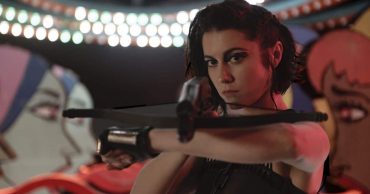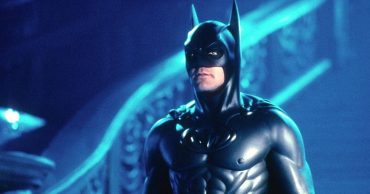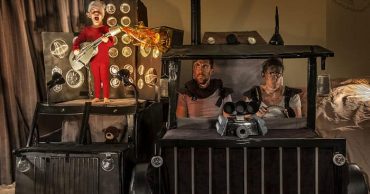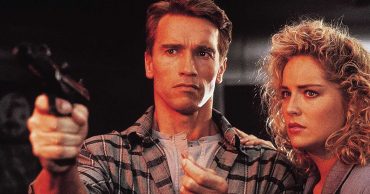
Money-saving experts Voucherbox recently took a look at how fashion classics have changed over the years. And reading it is a bit of an eye-opener to be honest; I didn’t realise that trends can both change rapidly and date back so far in history. Many of these trends went off the roof thanks to blockbuster movies: just think of James Bond and his various tuxedos, Marlon Brando and his Levi’s 501s-Schott Perfecto combination in 1951 hit The Wild One, Michael J. Fox and his black Chuck Taylors in Back To The Future… you name it.
The 90th Anniversary of the LBD
But here we’re going to focus on one iconic garment present in every woman’s closet: the little black dress. In the 1920s Coco Chanel shocked the fashion industry like never before or since. She introduced the world to the LBD with a bang on the cover of the legendary Vogue. This seminal moment was the beginning of the LBD’s journey from humble funeral get-up to the most all-round and indefinite fashion trends the world has ever seen.
At the time, the colour black was very much only worn at times of bereavement so the LBD was a really controversial statement. Maybe that’s one of the reasons its appeal transcended class and social backgrounds. But it also became a timeless and versatile piece thanks to Hollywood.
The LBD on the Big Screen

“Audrey Hepburn” (CC BY 2.0) by barbie.harris37
So how much did the movie industry to promote the LBD? Women have seduced the big screen over the years with sultry styles, classic elegance and casual confidence. The alluring little black dress has captivated viewers in films such as The Graduate, where the domineering Mrs Robinson seduces a college student. Joan Crawford in Possessed was labelled as a femme fatale as she carried off a slimline satin LBD. In the 1946 film Gilda, Rita Hayworth wore the little black dress provocatively, darkening her squeaky-clean image.
The LBD’s popularity soared even higher in 1962 when Audrey Hepburn wore it in the film Breakfast at Tiffany’s. In the 1960s it appeared that all generations were embracing the LBD and so the styles and designs started to change. The simple garment that could be dressed down with pumps or dressed up with heels became shorter to keep in phase with the mini-skirt trend. Other innovations included strapless designs with shaped bodices and sheer material. Many women simply followed Audrey Hepburn’s style and voted for the elegance of the simple black sheath dress.

“Rita Hayworth” (CC BY 2.0) by classic film scans
In the 1980s, the LBD went with the time and took on a more powerful edge with broad shoulders and shoulder pads, peplums and thin belts. This new design helped changing the LBD’s evening-wear connotation to make it a business and daytime staple for the working woman. And of course this was perfectly reflected in the 1988 film Working Girl, in which Melanie Griffith looks through her boss’s clothes to find the symbol of success in a sparkly LBD.

“The Graduate (1967)” (CC BY-SA 2.0) by twm1340
To the Future
The LBD’s popularity is such that it has taken over the Asian world, with a 2011 South Korean film titled Little Black Dress aimed at millennials. So what’s next…? From classic movies to reality TV there’s just one step, and you only need to see how celebrities still find new ways to sport the LBD — look at Kim Kardashian who recently showed off her post-partum figure with a low-cut, very short LBD…
 Follow Us
Follow Us





